Morocco has a fascinating history. Due to the various rulers and influences through the years, we are left with some very interesting sites to explore.
Have a look at this simple timeline of Morocco to get an idea of its' history: Morocco Timeline
Have a look at this simple timeline of Morocco to get an idea of its' history: Morocco Timeline
ChellahThe ancient city of Chellah or the Gardens of Chella existed before the Islamic rulers and displays many remnants of the Roman empire. Tourists and locals visit Chellah mostly to look at the beautiful and unusual plants and trees in the gardens but when you look closely, you can see the ruins of the empires and dynasties that occupied this area. Today the main residents of the gardens are storks. Look for their nests in the photographs below. |
| | This area of the gardens was once a school or college and the little rooms surrounding the courtyard were the students' cells. It flooded many, many years ago and eels live in the water. Women come to this pool to feed the eels boiled eggs in the hope of having children. This man in the photograph had eggs ready for the tourists and you left a donation with him. |
Volubilis These Roman ruins date back to before 40AD. It its peak it housed up to 20,000 people. It had many baths, arches and a basilica. Some of the intricate mosaics still survive. Some of the most interesting evidence centres around the Romans love of baths, steam rooms and communal toilets (so they could keep chatting while they did their business!). They also had underfloor heating and a drainage system throughout the city. Unfortunately it was 50 degrees Celsius when we were walking around this site so I was a little distracted trying not to fry! |
Sultan Moulay ismailDuring his reign 1672-1727 Ismail made Meknes the capital of Morocco. He plundered stones from the ruins of Volubilis to build his imperial city. I didn't spend any time in Meknes but read about the Sultan in The Sultan's Wife by Jane Johnson. He still holds the Guinness World Record for fathering the most children and his Barbary pirates captured thousands of Europeans who were taken in as slaves. The stories from his reign are so interesting but unfortunately there are few links to information other than wikipedia. |
Dar Al-MakhzenDar al-Makhzen is the official residence of the king of Morocco. Mohammed VI became king of Morocco on the death of his father King Hassan II in 1999. We were told that he lives with his family in this residence most of the time. He has other residences of course but his children go to school in the royal school. King Mohammed seems interested in the rights of women and has said that he will only take one wife. He has promised to tackle poverty and corruption in the country. Children from all different types of backgrounds share the school with his children. |
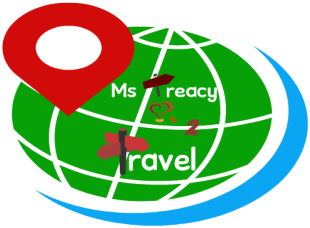
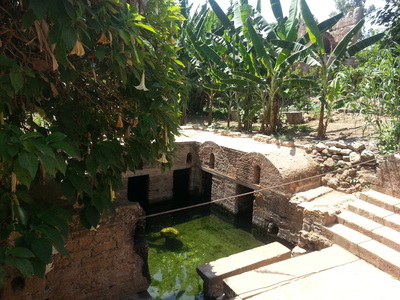
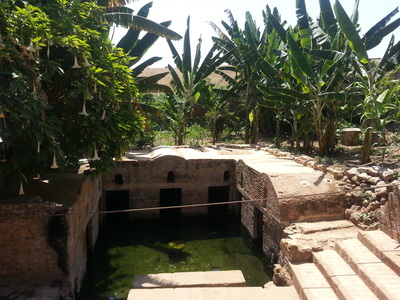
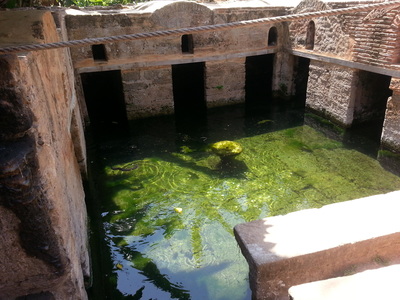
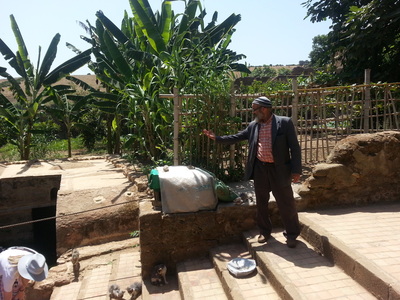

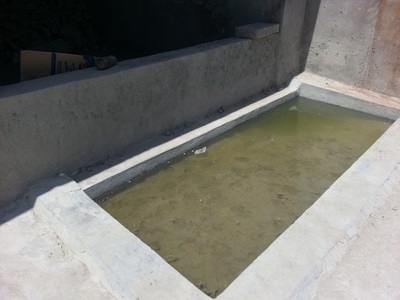
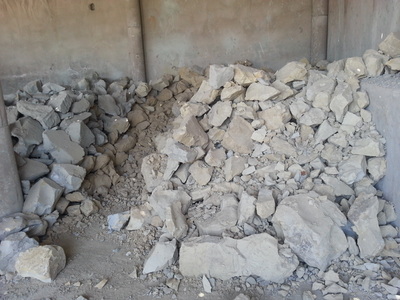
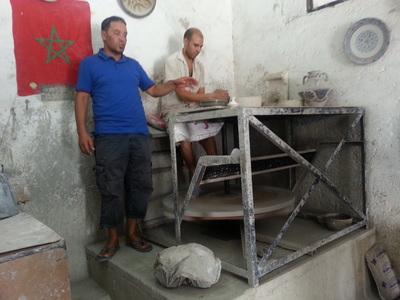
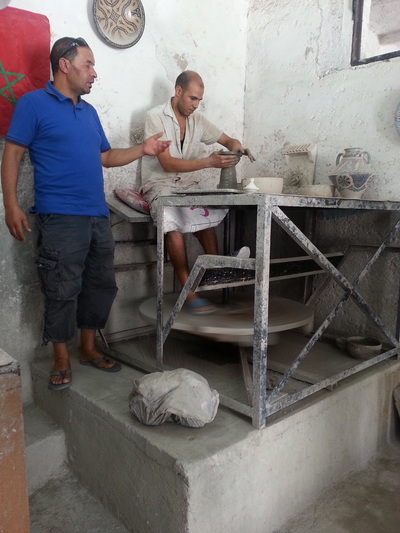
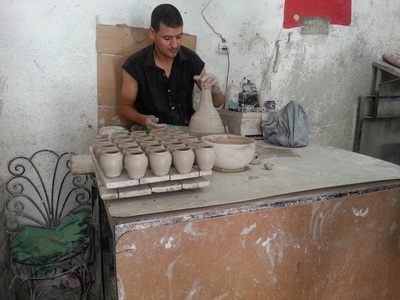
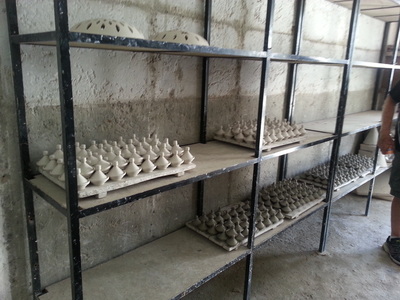
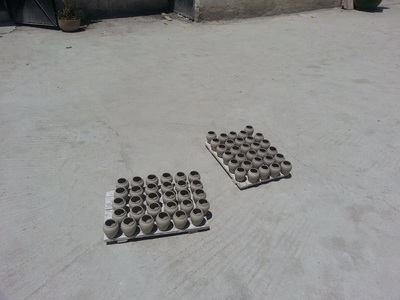
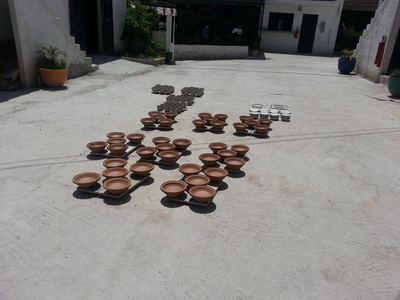
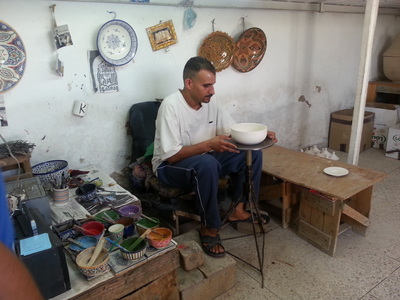
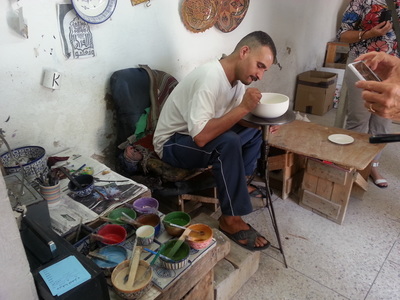
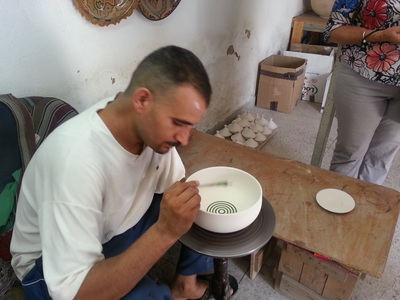
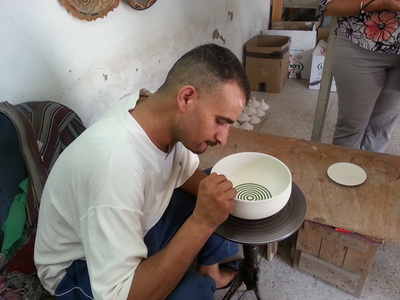

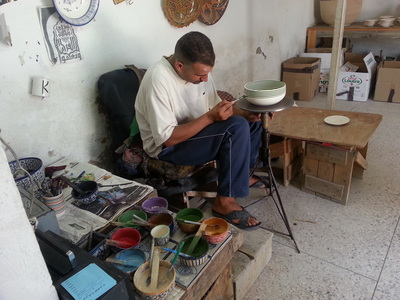
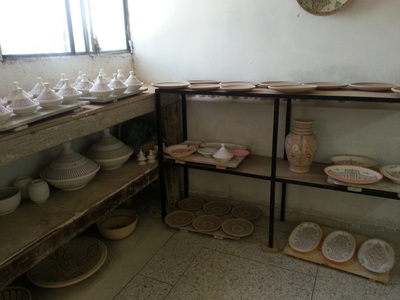
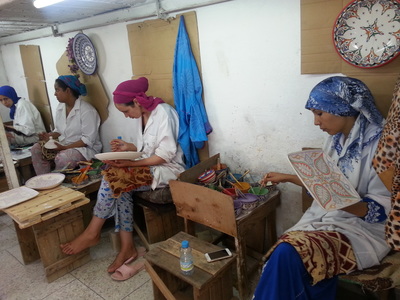
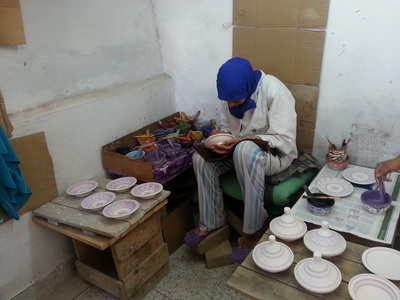
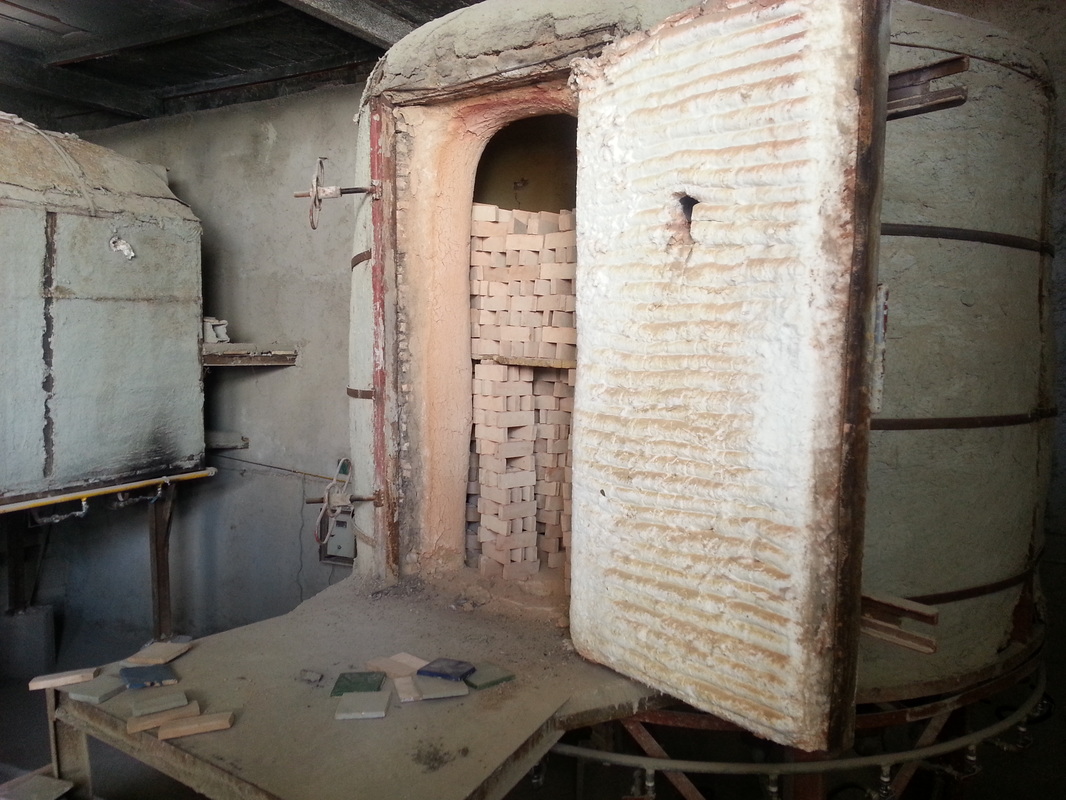
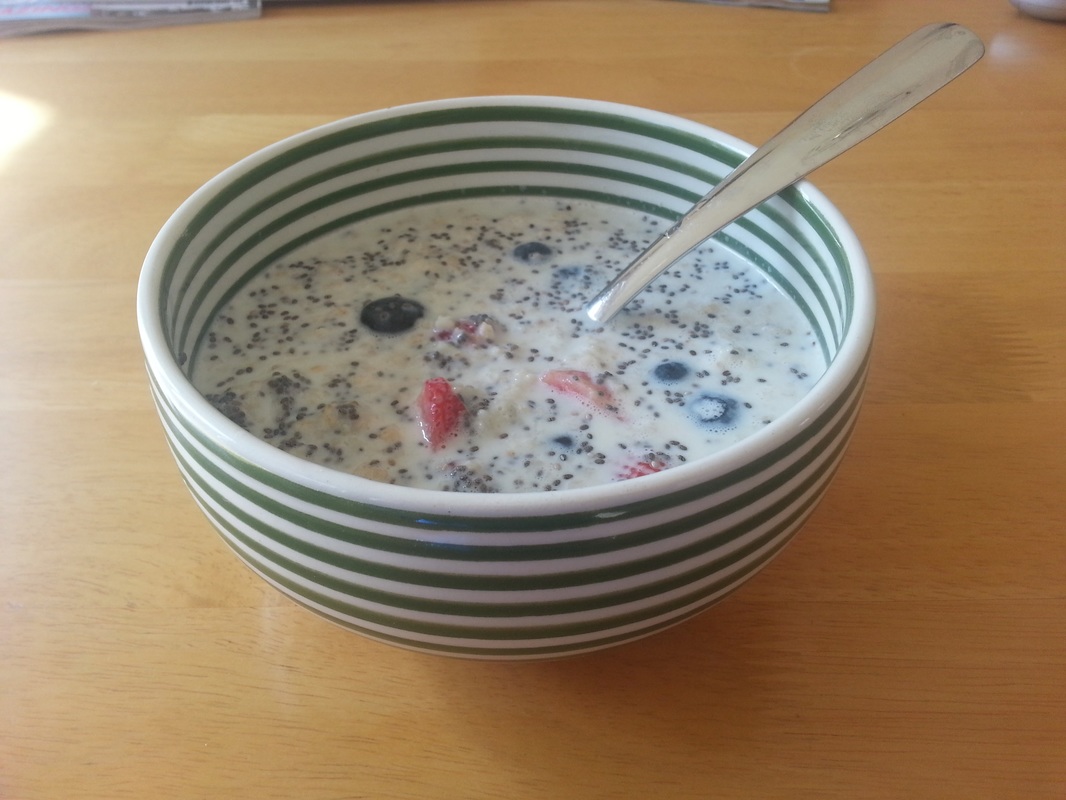
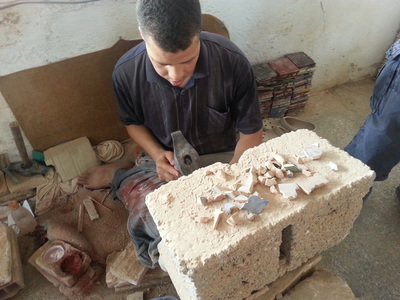
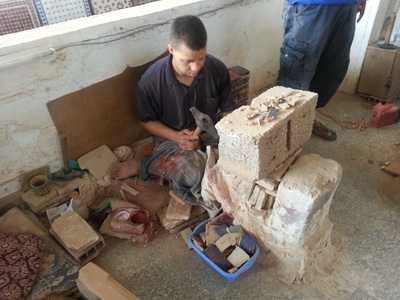
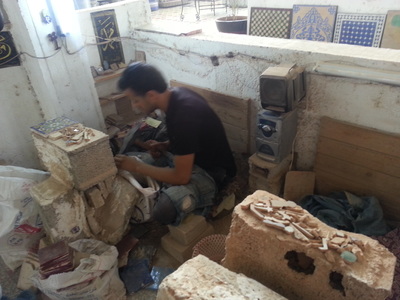
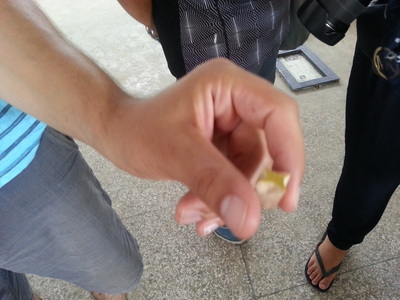
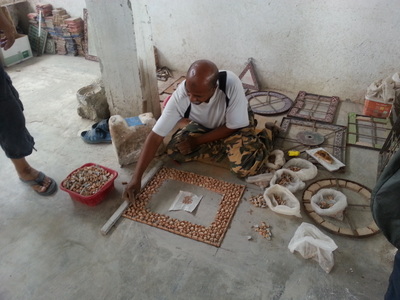
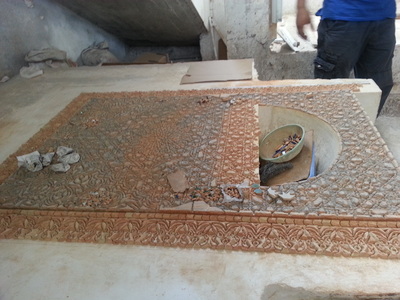
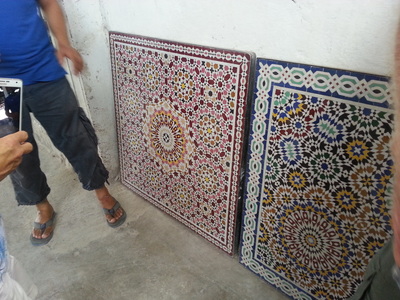
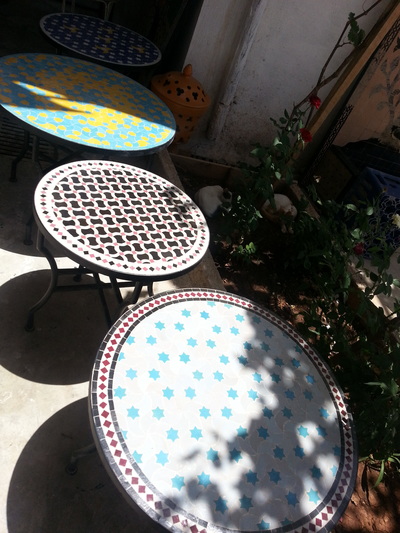
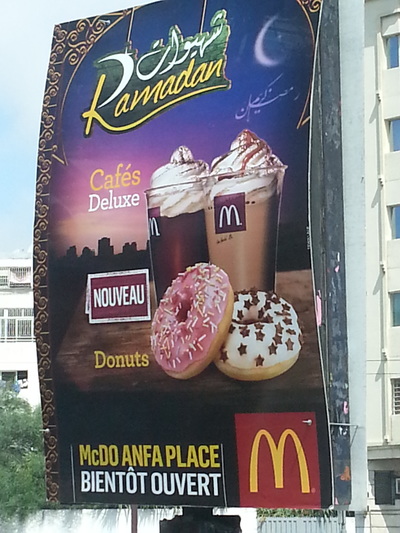
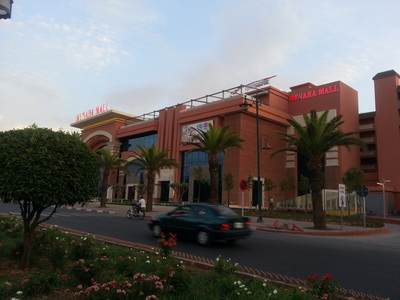
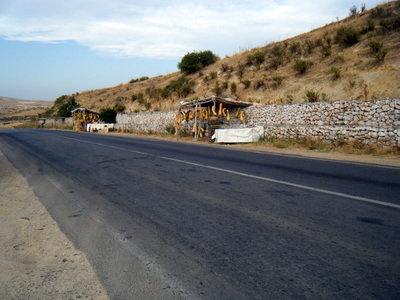
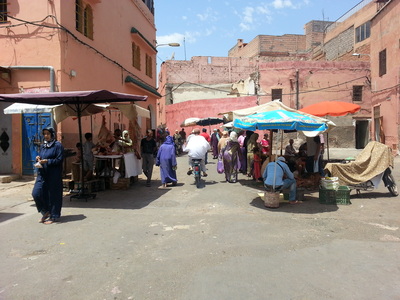
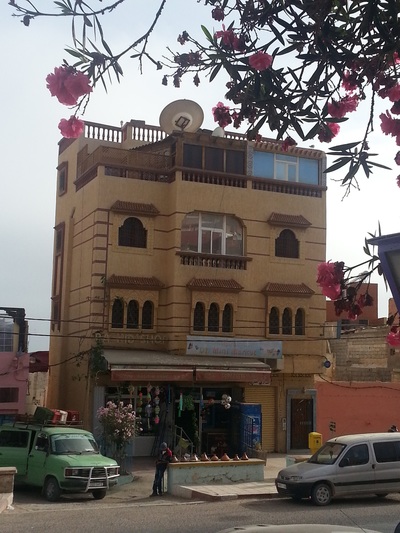
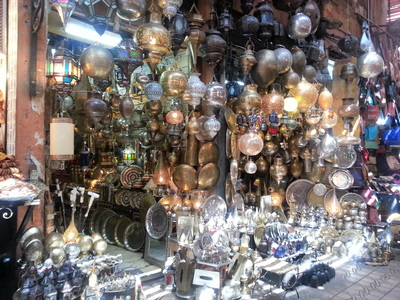
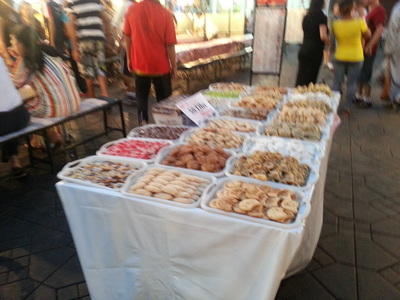
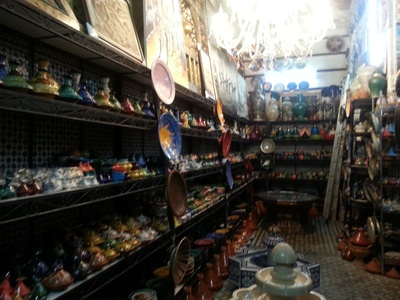
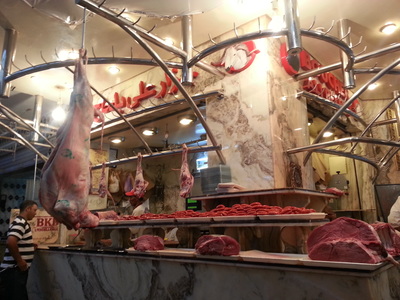
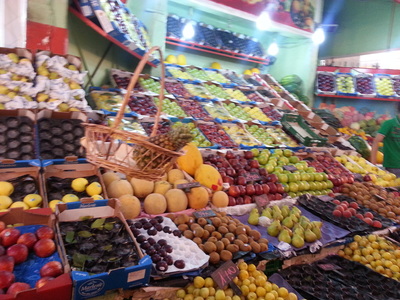
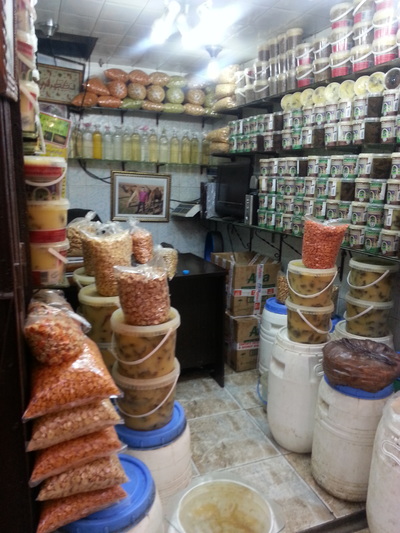
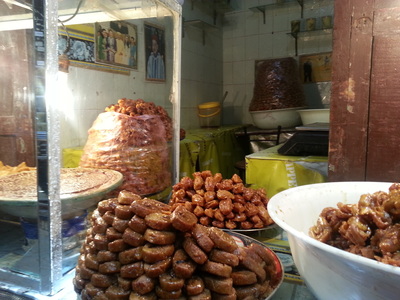
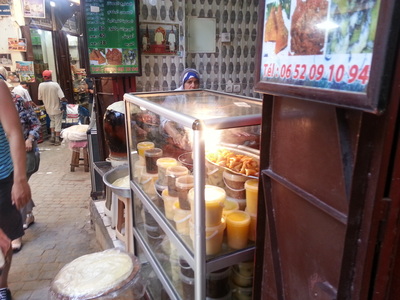
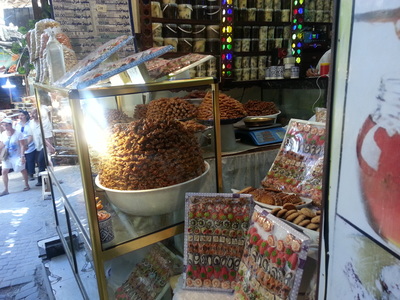
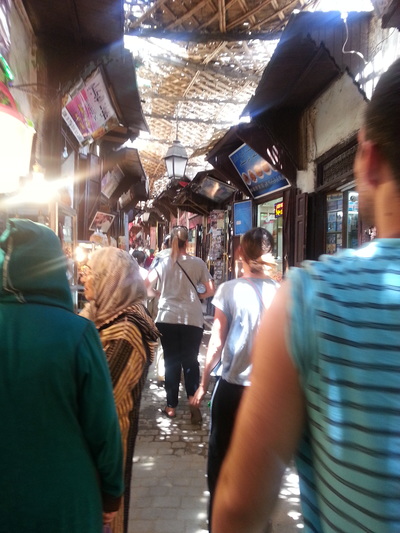
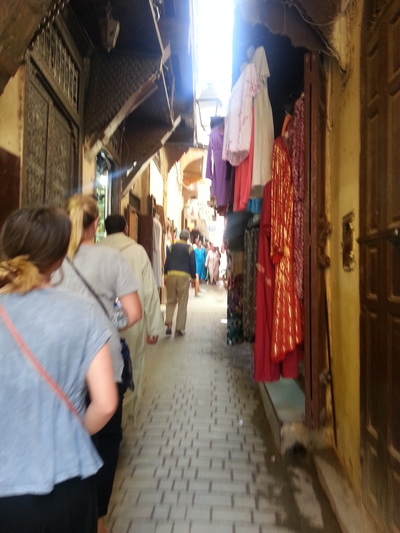
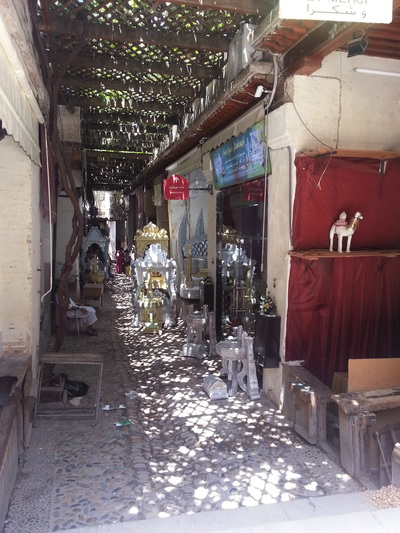
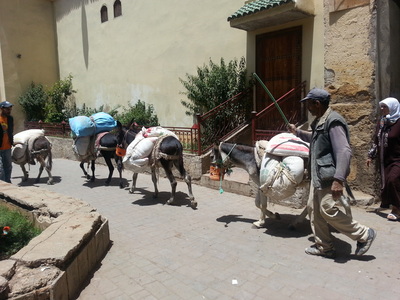
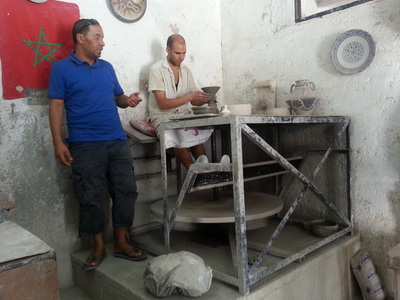
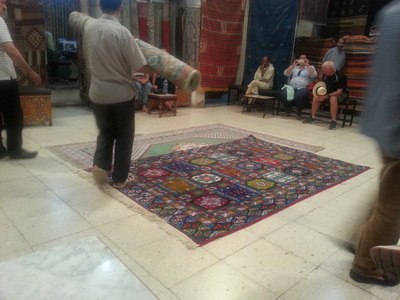
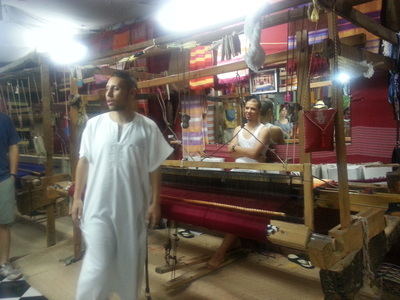
 RSS Feed
RSS Feed